Text & Photos: Bhargav TS
 In the 90s passenger car manufacturers in India had begun to offer new features to add comfort and convenience to the customers. This trend caught up with the commercial vehicles from the late 2000s as the vehicles were seen coming out with safety features and advanced equipment to comfort the driver. The trend seems to move to farm equipment segment now going by what Mahindra & Mahindra has offered with its new tractor. The leading farm equipment manufacturer has launched Arjun Novo range of tractors in the 50hp plus segment with some innovative features to support the growing needs of the farming community. This includes ergonomically placed equipment to considerably reduce driver fatigue.
In the 90s passenger car manufacturers in India had begun to offer new features to add comfort and convenience to the customers. This trend caught up with the commercial vehicles from the late 2000s as the vehicles were seen coming out with safety features and advanced equipment to comfort the driver. The trend seems to move to farm equipment segment now going by what Mahindra & Mahindra has offered with its new tractor. The leading farm equipment manufacturer has launched Arjun Novo range of tractors in the 50hp plus segment with some innovative features to support the growing needs of the farming community. This includes ergonomically placed equipment to considerably reduce driver fatigue.
The new tractor range is designed and developed at the company’s Mahindra Research Valley (MRV), about 45km south of Chennai. The vehicle manufacturer has spent about Rs 250 crore to develop the new range of tractor. According to the company more than hundred engineers worked around the clock to develop the Arjun Novo and were able to file 14 patents. It is the first tractor and second product, next to Mahindra’s sports utility vehicle XUV 500, to be designed and developed at MRV.
Novo in Latin denotes ‘renew and invent,’ and it will replace the existing Arjun range of tractors. Built on a new platform the new tractor is available in two variants – 57HP – 605DI-i and 52HP – 605DI-PS. The company feels that the higher HP segment (50-60HP) is the future for Indian tractors and wants to have its presence in both domestic and international markets.
Arjun Novo, the first tractor to be rolled out in the higher HP platform, has been developed based on an extensive research conducted with over 100 farmers across 10 states in the country to precisely understand their mechanisation needs. The progress involved a seeding phase, in which a total of 73 tractors were tested for performance in 40 applications across 8 states for a cumulative 70,000 hours. According to the company this has been one of the most extensive testing, in terms of rigour and magnitude. The company officials reveal that they have deployed new materials for reinforcement and banked on CAD for extensive simulation to improve performance by about 20%. As a result, the manufacturer claims that the tractor can work over 1.28 acres per hour as against 0.94 by the conventional tractors. Based on the results of testing and keeping in mind the expectations of the next generation farmers, the Arjun Novo has been tweaked to fulfill this need. It has a host of features that will be utilised for a wide range of applications like harvesting, straw reaping, puddling, haulage and loading.
With an advanced synchromesh transmission that has 15 forward and 3 reverse gears and a wide range lever, the new tractor provides a superior farming experience across all speed ranges to increase productivity. With the help of precision hydraulics, the company claims that potato farming is made easy. The tractor is provided with a better cooling system with big air cleaners and radiators, which further enhance the life-cycle of the equipment. It has a high lift capacity of 2,200kg for using heavy implements like 3 board MB plough and the highest torque of 236.9Nm with a backup torque of 33%. Backup torque is the reserve torque that is generally applicable for low speed diesel engines, which are primarily used for high torque applications like tractors and off-highway vehicles. It determines as to how much the engine can be loaded when its rpm drops to maximum torque rpm. Usually all OEMs try to give maximum backup torque from their engines.
On the ergonomics front, the company has gone a step forward by placing all the levers at one place; gear shifting is pushed to the right hand side of the vehicle. The operator’s position is ergonomically designed, which makes it a comfortable tractor in terms of functional aspects. It uses the full flat platform and offers a lot of legroom, allowing the driver more comfort in ingress and egress.
Speaking to Auto Components India, Vivek Gupta, Senior Vice President, Global Product Development, Mahindra Tractors said, “By collaborating with our auto division we have developed this higher power tractor, which has car-like features. The synchromesh gear shift has been carried over from the auto division. The seating system and switches are ergonomically placed to have stress-free operation. The seats are designed in such a way that it has 4-way adjustments and has good lumbar support. All the switches and the instrument panel have been redesigned according to the inputs given by our auto division, which has auto diagnostic indicators.”
Rajan Wadhera, Chief Executive and Head – MRV, Mahindra & Mahindra said that the company, in addition to the development cost of Rs 250 crore, it allocated another Rs 50 crore for the upcoming variants. According to Mahindra’s ‘One Sourcing’ plan the company has utilised its existing vendors to source components for the new tractors. According to him the component manufacturers have spent about Rs 80 crore towards the development of the new tractor. The investment by component manufacturers is basically in dies and moulds, and a few changes in the fabricating unit for the air-conditioned version.
Citing a reason for launching the higher HP engine, Wadhera said, “The customer expectations have increased in terms of performance and technology; moreover, mechanisation has increased because of an acute shortage of labour in agricultural farms. Going forward, we will be expanding our Novo range by bringing in 4-6 variants in the coming years. The future of the tractor industry is very bright and there is scope for introducing automatic transmissions and other technologies that are used in the developed nations.”
The Novo range will be manufactured at the company’s Nagpur factory with plans to manufacture its upcoming models at the Zahirabad plant in Telangana due to capacity constraints in its Nagpur and Rudrapur facilities. The Telangana plant currently manufactures 100 tractors a day; the daily capacity can go up to 200 tractors. Arjun Novo comes in both open station as well as an air conditioned cabin, a unique offering in the sub 60HP tractor segment in India and priced aggressively at Rs 7.35 lakh (ex-showroom Pune) for the base model.
Demonstration
At a demonstration for the media the tractor maker had showcased a series of tests at MRV recently. There were 4 demonstrations on a warm day to test the tractor’s critical abilities. Firstly, Arjun Novo was made to haul a mobile load car fitted with a dynamometer. The load was increased in the dynamometer manually to touch 2500kW. Even at this value, the tractor, without stalling, pulled the load car. Normally, tractors are also used for towing applications to transport different kinds of agricultural products; by demonstrating the pulling power of the new tractor the company assures its ability to transport heavy goods.
Secondly, the vehicle was tested to check its lifting power. This was demonstrated by making the tractor lift a similar model with the tractor being firm on the ground. Comparing to its predecessor – Arjun, which has a lift capacity of 1,600 kg, the Novo has been enhanced further by 600 kg. The company claims that lifting capacity has been increased keeping in mind the shortage of labour in farms.
Thirdly, the tractor was fitted with two mould ploughs, which are basically used in hard and dry conditions. The primary purpose of ploughing is to till the upper layer of soil to bring fresh nutrients to the surface, while burying weeds and the remains of previous crops to get absorbed by the earth. It also provides a seed-free medium for planting an alternate crop. During the test, the blades ploughed the soil easily at a depth of one foot, with tyres not slipping or experiencing power drop.
At the final demonstration a 780-kg rotavator was deployed to the tractor. The rotavator is used to stir and pulverise the soil, either before planting or after the crop has begun to grow. Normally, it is equipped with hydraulic wings that fold up to make road travel easier and safer. Different types are used for the preparation of the fields before planting, and for the control of weeds between row crops. During the demonstration, the rotavator used had 56 blades driven by the power-take-off unit of the tractor.


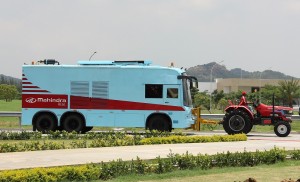
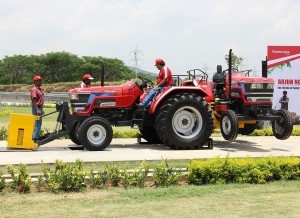
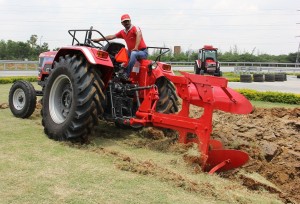


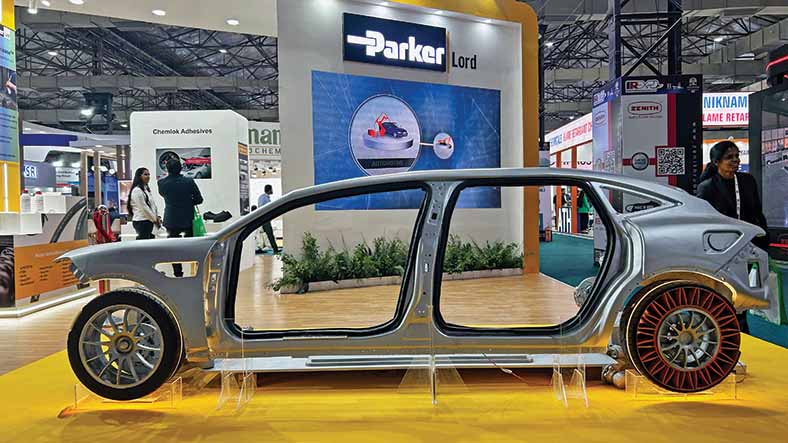

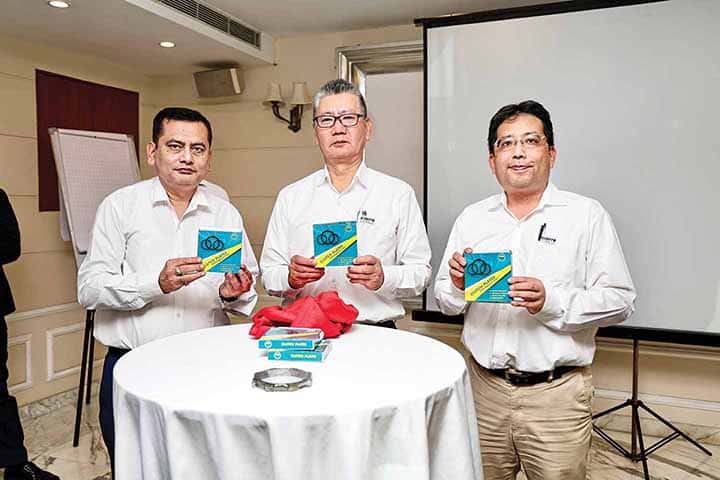
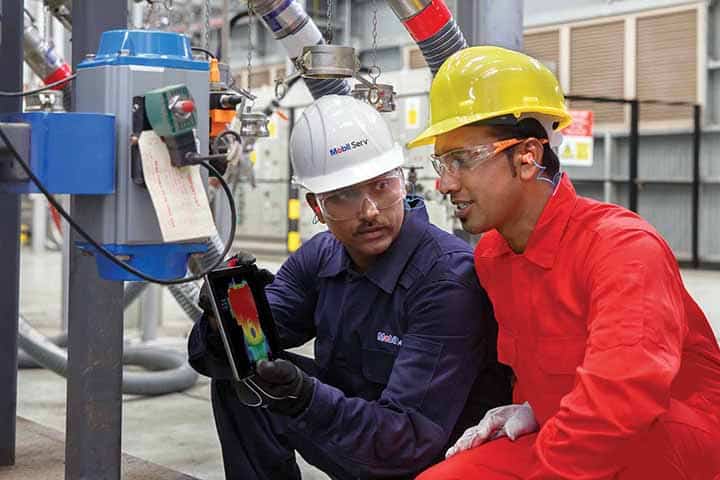
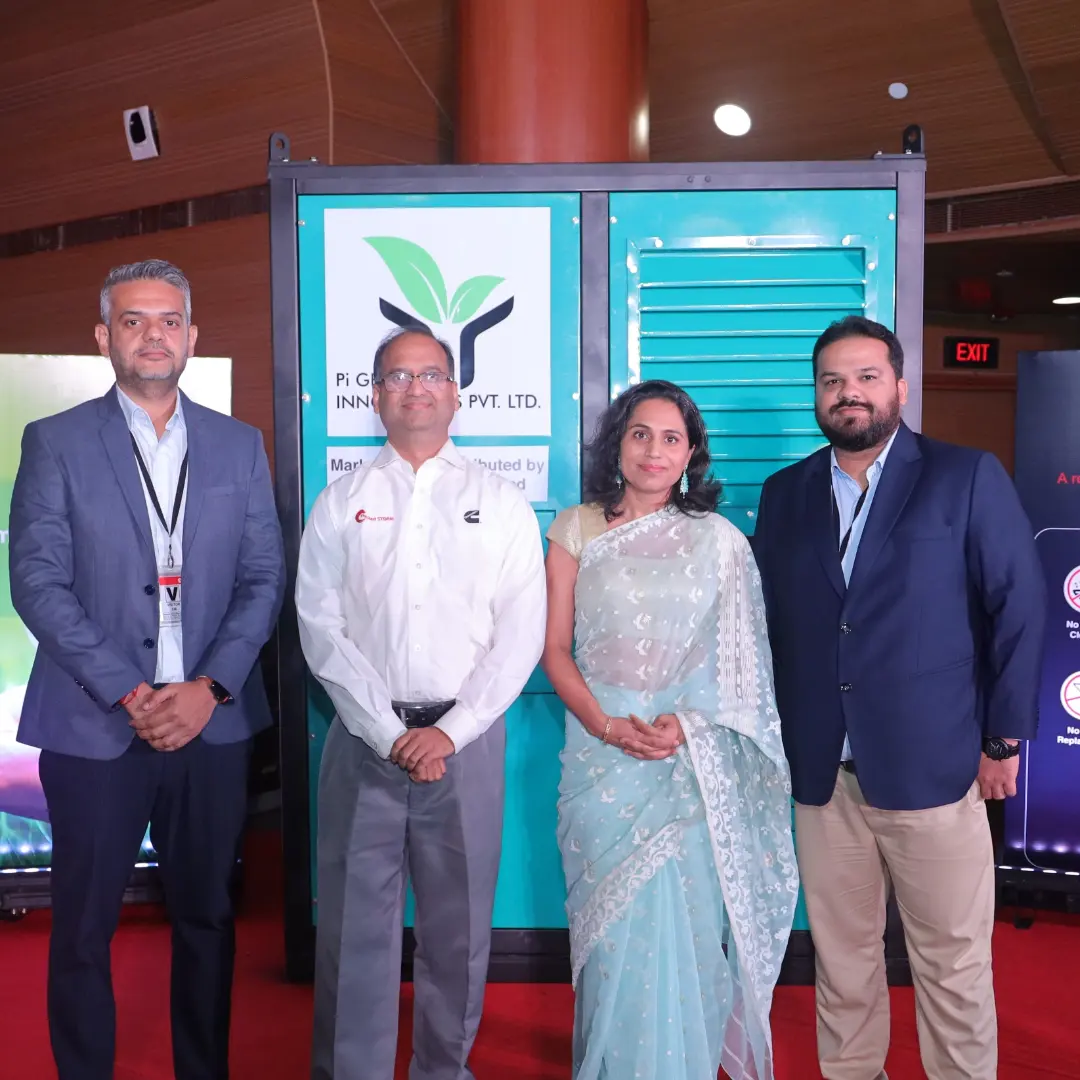


Leave a Reply